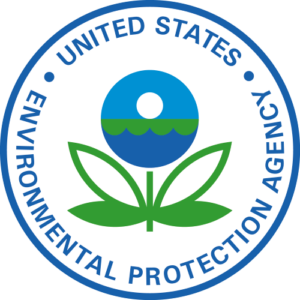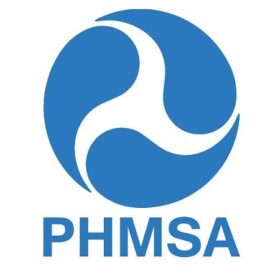
INGAA member companies transport more than 85 percent of the nation’s natural gas, through over 200,000 miles of interstate natural gas pipelines. INGAA member companies operate over 6,000 stationary natural gas-fired spark ignition IC engines and 1,000 stationary natural gas-fired combustion turbines, which are installed at compressor stations along the pipelines to transport natural gas to residential, commercial, industrial and electric utility customers. Many of the compressor stations are affected by the Proposed Rule, including requirements in 40 CFR 98, Subpart A and Subpart C. INGAA member companies have taken a proactive role on GHG emissions, including supporting the development of the INGAA document, Greenhouse Gas Emission Estimation Guidelines for Natural Gas Transmission and Storage. The INGAA GHG Guidelines present emission estimation approaches for natural gas transmission and storage systems. In cooperation with other natural gas trade associations, INGAA reviewed currently available GHG emission factors, and INGAA continues to pursue projects to improve GHG emission factors and estimation methods for natural gas systems.
In implementing the rule, INGAA members identified several concerns that are addressed in the Proposed Rule, such as deleting the reference to “pipeline” natural gas, rectifying errors in combustion calculation parameter definitions, broadly accepting methods from consensus bodies), and expanding the use of industry standard practices. Thus, INGAA generally supports the proposed revisions. However, there are several additional items in Subparts A and C that should be addressed, including:
• Revising the Subpart A definition of “maximum rated heat input capacity”;
• Using consistent nomenclature when referring to “consensus methods” or “industry standard practices"; and,
• Clarifying high heating value (HHV) requirements for natural gas systems where frequent samples are available.







